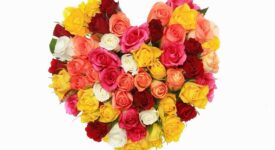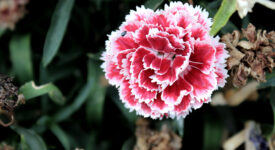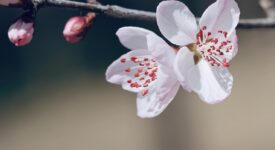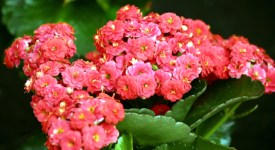Are you searching for the perfect way to bring life and color to your garden this summer? Now is the perfect time to plant! Whether it’s hardy perennials that will last years or biennials which sprout in July and provide a vibrant display next year, there are plenty of flowers to choose from.
Hydrangea
Hydrangeas are low maintenance shrubs that bloom in shades of blue, purple or pink. They’re a beloved garden element and can be planted in shady spots of the yard as well as containers on patios or decks.
They require minimal care and can thrive in a range of soil types as long as it’s well drained. Nevertheless, they prefer moist, fertile conditions.
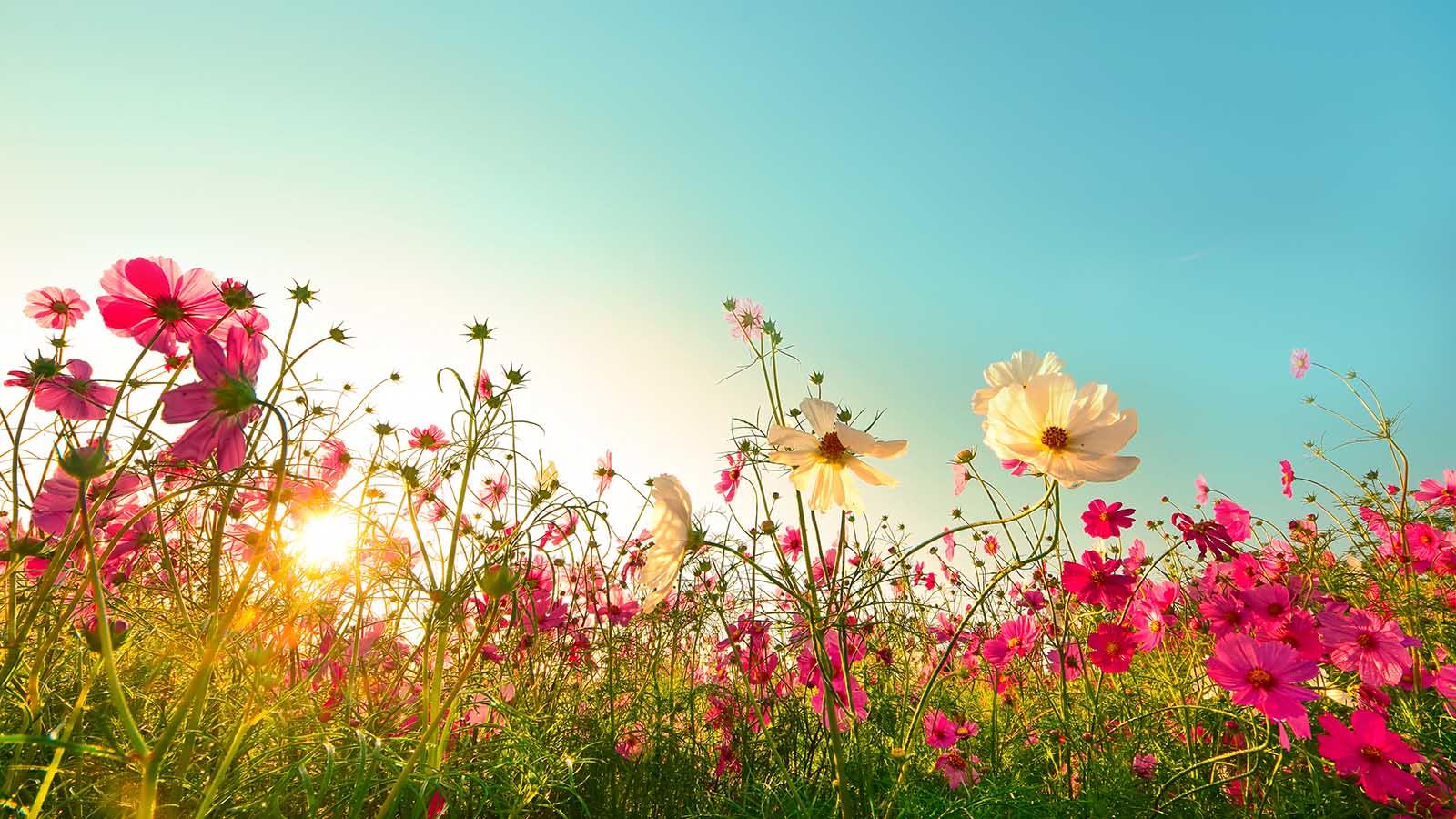
Mulching around plants with an inch of mulch helps suppress weeds and retain soil moisture. It also inhibits fungus growth and prevents erosion.
Hydrangeas typically grow in USDA plant hardiness zones 5 to 9, though you should take precautions against frost damage. While Endless Summer hydrangeas can tolerate some heat, they should receive minimal afternoon sun.
Zinnia
Zinnias are an easy-to-grow annual flower that thrives in warm climates. To achieve optimal blooming, they need full sun (at least six hours a day), and some regions experience blooming throughout the summer into fall.
Zinnia flowers can be utilized in a number of landscaping applications. They’re perfect for filling in empty spots within garden beds or adding vibrant color where other annuals may be struggling.
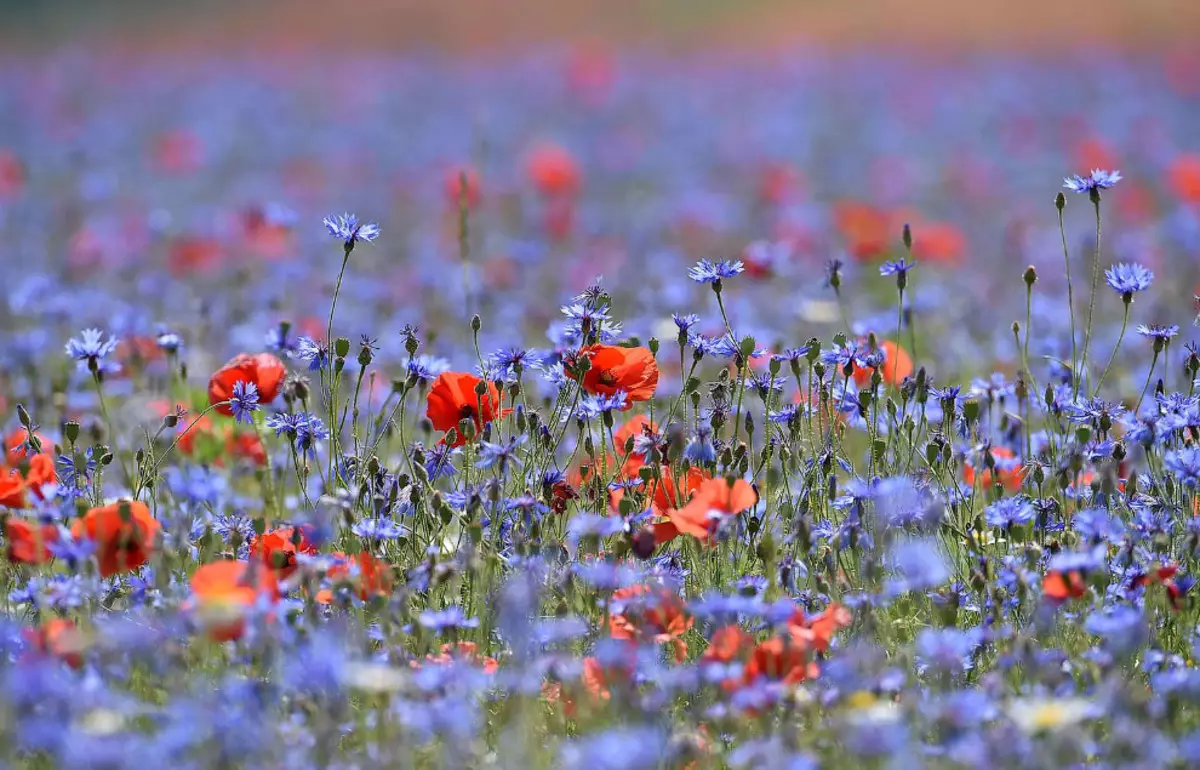
These resilient annuals can be susceptible to powdery mildew, leaf spots and root rots; however, advances in breeding have created species and cultivars resistant to these diseases. In southern areas, aster yellows – a fungal bloom – may also occur. To combat this problem, remove affected leaves and burn or bury them deeply in a compost pile to stop other insects from feeding on them.
Dahlia
Dahlias are known to be one of the longest-lasting cut flowers, making them ideal for weddings and bouquets.
These daisy-like blooms come in an array of colors from bright yellow, white and pink to deep reds and purples. Additionally, they attract bees and other pollinators, making them a perfect addition to your garden.
Dahlias can be planted outdoors when the soil temperature reaches 60degF (15degC). According to Ohio State University Extension, to grow dahlia tubers in springtime, dig and divide tubers, wait for them to dry, then plant when frost has passed.
Once planted, make sure the bud points of your tubers face upwards so the sprouts have access to sunlight. Water the tubers only as necessary – never directly after planting as this encourages root rot and could damage them.
Flowering Tobacco
If you’re searching for something to add some vibrant color and fragrance to your garden, Nicotiana alata (flowering tobacco) is an ideal choice. These plants can easily be grown from seeds or starts and come in various shapes, hues and scents.
This long-blooming annual does best in full sun, though some varieties can tolerate partial shade in warm climates. They also thrive best when planted in moist, rich soil.
They make for lovely cottage gardens and containers, their sweet fragrance attracting hummingbirds and moths alike.
These flowers contain poisonous foliage, so keep them away from children and pets. Furthermore, flea beetles and tobacco hornworms can damage these flowers; thus, protect them with floating row covers or diatomaceous earth.
Sweet Rocket
Dame’s Rocket (Hesperis matronalis), a biennial species found mainly in woodland areas, grows 1.5 to 3 feet tall with ovate-lanced leaves that are toothed and alternate; their size decreases as they ascend the stem.
These flowers, which come in white, pink or purple and form large clusters with four petals each, emit a sweet fragrance that’s especially noticeable at night.
It is an annual garden plant as well as a naturalized wildflower found around the world. It can be found in moist woodlands, edges of woods, roadsides, railroad rights-of-way, disturbed sites, waste ground and thickets.



